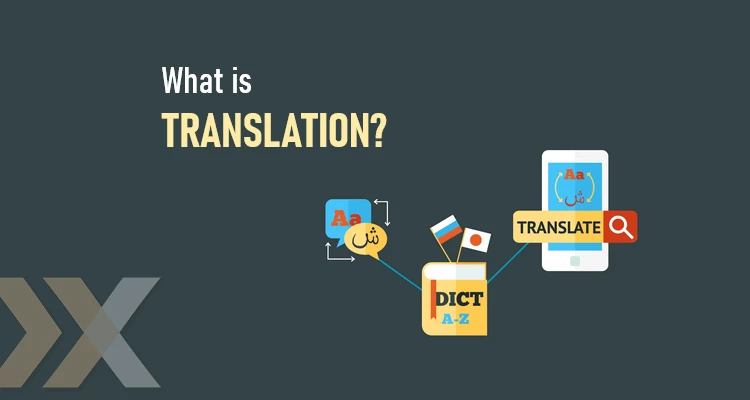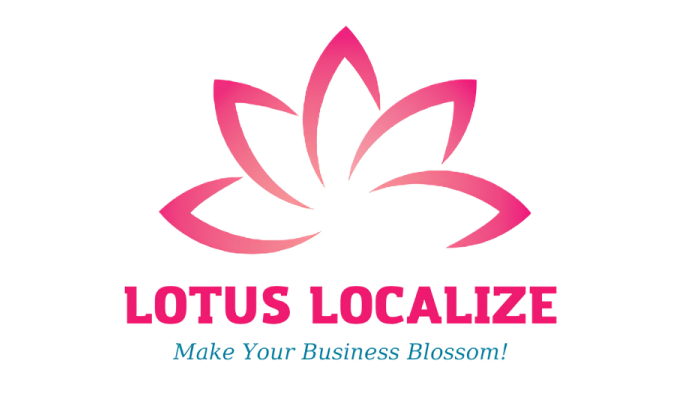
Why media localization matters: Unlocking new markets and expanding your reach
In an increasingly interconnected world, media localization has become an essential strategy for businesses and content creators aiming to reach international audiences. From streaming platforms and video games to marketing campaigns and educational materials, media localization ensures that content resonates with diverse cultures and languages. By adapting content beyond simple translation, businesses can enhance user engagement, expand market reach, and build credibility in new regions. This article explores the significance of media localization, its key components, and best practices for success.
What is media localization?
Media localization is the process of adapting multimedia content to suit the cultural, linguistic, and technical requirements of a specific target audience. Unlike basic translation, which only converts text from one language to another, localization takes into account cultural nuances, regional preferences, and technical adjustments to ensure the content feels natural and relatable.

Key elements of media localization include:
- Translation and transcreation: Adapting scripts, subtitles, and dialogues while maintaining cultural relevance.
- Subtitling and captioning: Providing accurate and synchronized subtitles for different languages.
- Dubbing and voice-over: Replacing original audio with localized voice recordings.
- Cultural adaptation: Adjusting references, humor, and idioms to align with local customs.
- Visual and on-screen text localization: Modifying graphics, images, and UI elements to match the target audience’s expectations.
Read more: What is medical localization? Everything you need to know
Why is media localization crucial for global expansion?
As businesses and content creators seek to expand their reach, media localization has emerged as a vital strategy for engaging international audiences. Without proper localization, even the most compelling content may fail to resonate with diverse markets. Here’s why media localization is essential for global success:
Strengthening audience connection
Localized content allows audiences to engage with media in their native language, making it more relatable and enjoyable. When people experience content that aligns with their cultural context, they are more likely to connect emotionally and remain engaged.
Reaching new markets
Adapting content for different languages and cultures enables businesses to enter and thrive in international markets. Platforms like Netflix and YouTube have successfully expanded their global user base by localizing their content to cater to diverse audiences.

Building brand trust and credibility
Companies that invest in high-quality localization demonstrate cultural awareness and respect for their audience. A well-localized product shows commitment to inclusivity, helping brands establish a strong reputation in global markets.
Meeting legal and compliance requirements
Certain regions have specific regulations regarding language usage and content appropriateness. Proper localization ensures compliance with these rules, avoiding legal issues and potential market entry barriers.
By prioritizing media localization, businesses can effectively connect with diverse audiences, expand their market presence, and navigate global regulatory requirements with ease. The ability to localize content successfully can be a game-changer in achieving long-term international growth.
Read more: E-commerce localization: Key strategies for global market penetration
Key components of media localization
Successful media localization involves multiple interconnected processes that ensure content is engaging, culturally relevant, and accessible to diverse audiences. Below are the key components that contribute to effective media localization.
Translation and adaptation
Effective media localization starts with high-quality translation. However, translation alone is not enough—cultural adaptation (also known as transcreation) is necessary to ensure that humor, idioms, and references make sense in the target language. For example, movie titles are often changed to resonate better with local audiences. Adapting content properly ensures that the intended meaning and emotional impact remain intact across different languages.
Subtitling and captioning
Subtitles (subtitle service) are a crucial part of localization, especially for streaming platforms and video-sharing services. High-quality subtitles should be:
- Accurate and contextual: Properly reflecting the intended meaning of dialogues.
- Well-timed: Synchronized with speech and easy to read.
- Culturally appropriate: Adjusted for idioms and expressions.
By providing accurate and well-timed subtitles, businesses can make their content more accessible to a global audience, including those who are deaf or hard of hearing.

Dubbing and voice-over
For audiences who prefer an immersive experience, dubbing replaces the original audio with new voice recordings in the target language. A successful dubbing process involves:
- Lip-sync matching: Ensuring voices align with character movements.
- Character voice adaptation: Matching voice tones and emotions.
- Professional voice artists: Using native speakers for authenticity.
Dubbing is particularly effective for movies, TV shows, and video games where emotional engagement and character authenticity play a significant role in user experience.
Cultural adaptation
Media content often includes jokes, gestures, or references that may not translate well into other cultures. Localization experts modify such elements to maintain the intended impact without causing misunderstandings or offense. This process involves adapting humor, slang, and pop culture references to make them meaningful for the target audience while preserving the essence of the original message.
Graphics and on-screen text localization
Visual elements such as text overlays, banners, and in-game UI need to be adapted for different languages and reading directions. For example, Arabic and Hebrew require right-to-left formatting, while some Asian languages require vertical text adjustments. Ensuring that visual content aligns with linguistic and cultural expectations enhances the overall user experience.
By incorporating these key components into the localization process, businesses and content creators can effectively bridge language and cultural gaps, making their media more inclusive and impactful for global audiences.
Examples of successful and failed media localization
Effective media localization can bridge cultural gaps and ensure content resonates with diverse audiences. While some companies excel in this area, others have faced challenges that led to miscommunication or cultural misunderstandings. Below are examples of both successful and failed localization efforts.
👉 Successful examples
- Netflix’s global expansion: Netflix invests heavily in dubbing and subtitling, allowing its original content to gain massive popularity worldwide. Shows like Squid Game became global phenomena due in part to excellent localization efforts.
- McDonald’s menu adaptation: McDonald’s localizes its menu items to suit regional tastes, such as the Teriyaki Burger in Japan and the McAloo Tikki in India, ensuring customer satisfaction in diverse markets.

👉 Failed examples
- The “Pepsi brings your ancestors back from the dead” mishap: Pepsi’s slogan “Come alive with Pepsi” was mistranslated in China, leading to confusion and cultural insensitivity.
- Harry Potter’s localization challenges: Some early translations of Harry Potter books failed to properly adapt names and magical terminology, causing confusion among international readers.
These examples highlight the importance of accurate and culturally aware localization. While successful localization can enhance a brand’s global reach, poor execution can lead to misunderstandings and even reputational damage. Companies must carefully navigate linguistic and cultural differences to ensure their content is both accessible and impactful.
Best practices for effective media localization
To maximize the success of media localization, businesses should follow industry best practices that ensure high-quality, culturally relevant content.
- Work with professional localization teams: Hiring experienced localization professionals ensures high-quality adaptations.
- Utilize AI and automation tools: AI-powered translation tools enhance efficiency but should be combined with human oversight.

- Conduct market research for cultural preferences: Understanding audience expectations prevents cultural missteps.
- Test and review localized content: Quality assurance checks ensure linguistic accuracy, cultural sensitivity, and user experience.
By prioritizing rigorous testing, businesses can refine their content for a polished and culturally resonant final product. Adopting these best practices helps ensure that localization efforts are both effective and well-received by global audiences.
Media localization plays a crucial role in making content accessible and engaging for diverse audiences worldwide. By investing in high-quality translation, cultural adaptation, and technical adjustments, businesses can enhance audience engagement, expand their market reach, and build strong brand credibility. With emerging AI technologies and growing demand for multilingual content, the future of media localization looks promising. Companies that prioritize effective localization strategies will be well-positioned for global success.
At Lotus Localize, we specialize in media localization services, helping businesses seamlessly adapt their content for international markets. Whether you need professional subtitling, dubbing, voice-over, or transcreation, our team of experts ensures your message resonates across cultures and languages.
Ready to take your content global? Contact Lotus Localize today and let us help you bridge language and cultural barriers with expert localization solutions!
Lotus Localize offers professional localization services: software localization, website localization, app localization, game localization… ensuring your message resonates—whether in writing or speech. Let us help you bridge linguistic gaps and connect with audiences worldwide.
Contact us today at our hotline or Whatsapp: + 84 866 224 968 or visit the websites: dichthuathoasen.com/en/. Let Lotus Localize accompany you in bringing products, people, and culture to the global stage, and together, we’ll create miracles!
👉 Visit Lotus Localize to learn more!
QUALITY PROMISE
At Lotus Localize, we are dedicated to delivering high-quality services and ensuring the utmost satisfaction in every client project. Our team of translators and staff consistently exert effort and adhere rigorously to quality management procedures. This commitment guarantees that each project progresses seamlessly, meets deadlines, and exceeds our clients' expectations.












